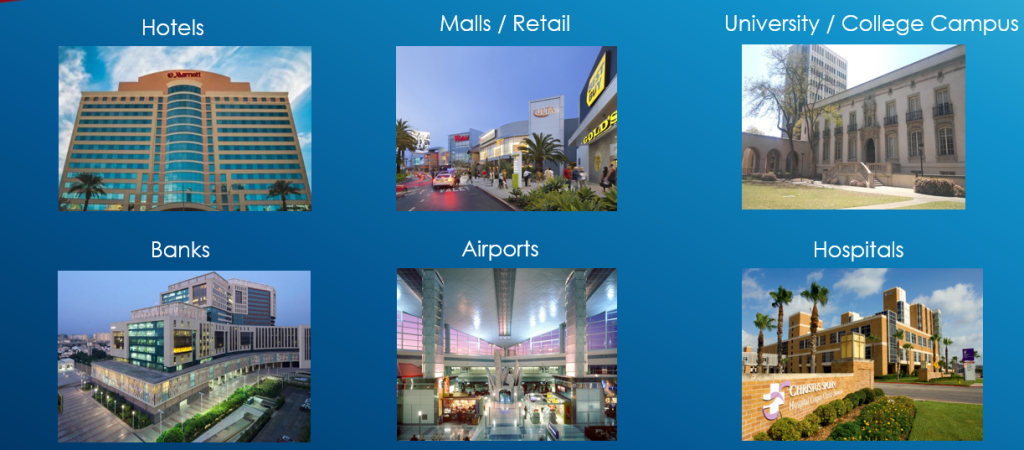Building automation has been around for quite some time now and it is a field that is constantly evolving. We provide best automated building solutions. There are many different automation solutions on the market, but which one is the best for your specific needs? In this blog, we will look at some of the popular automated building control solutions and see what they have to offer.
Automated building solutions
Automated building solutions:
Automated building control solutions can be divided into two types: those that manage the entire building, and those that manage individual rooms or sections of the building.
Managing the entire building is typically done through systems that monitor and control all aspects of the structure, from energy use to ventilation. These systems can be manual or automated, depending on the needs of the user. Automated systems are particularly important in high-rise buildings, where a single mistake can cause serious damage.
Managing individual rooms or sections of the building is also possible with automated systems. These systems can be used to maintain a certain temperature or humidity level, or to control lighting and air conditioning. They can also be used to trigger events such as an alarm when a preset condition is met.
Both types of automated systems have their own advantages and disadvantages. Manual systems are less expensive than automated ones, but they can be less reliable. Automated systems are more reliable but may require more maintenance than manual ones.
Features of Automated building solutions
There are a variety of automated building control solutions on the market today. Some of these solutions are hardware-based, while others are software-based. Here is a look at some of the key features to consider when selecting an automated building control solution:
1. Ability to integrate with other systems – One of the key benefits of automation is the ability to integrate it into other systems. This can help you manage your buildings more efficiently and track your data more accurately.
2. Automated system diagnostics – A good automated building control solution will have automated system diagnostics so that you can catch problems early. This will help keep your buildings running smoothly and prevent costly repairs down the road.
3. Wide range of functions – Not all automated building control solutions are created equal. Some offer broader range of functions, such as lighting and temperature management, than others. It important to choose a solution that has the functionality you need and nothing more.
4. User-friendly interface – One of the biggest benefits of automation is that it can be easy for users to use. A user-friendly interface will make it easy for people to get started with the system and understand how it works.
Benefits of Automated building solutions
Automated building control solutions have many benefits for both owners and tenants.
One of the most significant advantages of automated building control systems is that they can save time and money. For example, a building automation system can automatically turn on and off lights, adjust the temperature, and open or close windows to keep a facility comfortable. This saves workers from having to do these tasks manually, which can lead to increased productivity and overall efficiency. In addition, automated building control systems can also help prevent accidents. For example, if a fire alarm goes off, an automated system can quickly disable access to all areas of the building so that firefighters can arrive safely.
Another benefit of automated building control systems is that they can improve occupant safety. For example, if there is a power outage, an automated system can send alerts to occupants so that they know to stay put until it is safe to leave. In addition, automated systems can monitor security cameras in order to identify potential threats and act accordingly (e.g., by sending alerts or activating security measures).
Finally, automated building control systems are often more reliable than traditional systems. For example, if there is a fault with an LED light bulb, an automated
Conclusion
When it comes to automated building control solutions, there are a variety of different options available. Some systems allow you to completely automate your building, while others focus on providing more fine-grained controls over certain aspects of the building (like temperature or lighting). Whatever system you choose, make sure that you consider the needs of your specific building and what kind of automation would best suit it.


